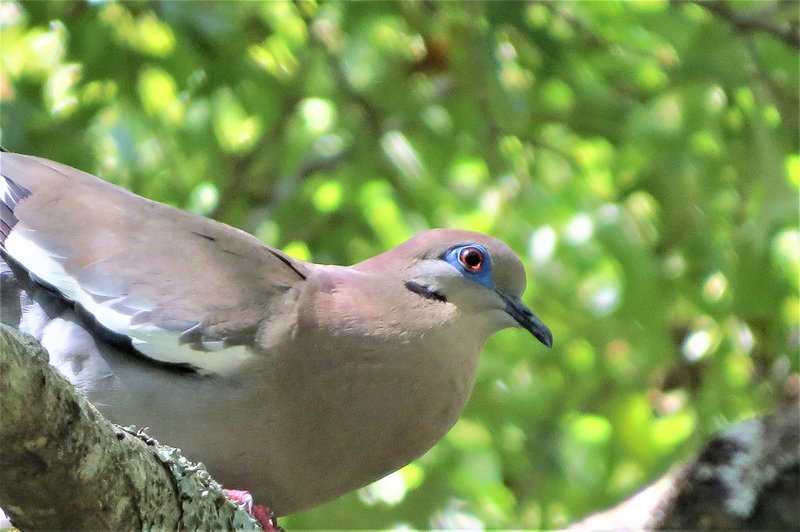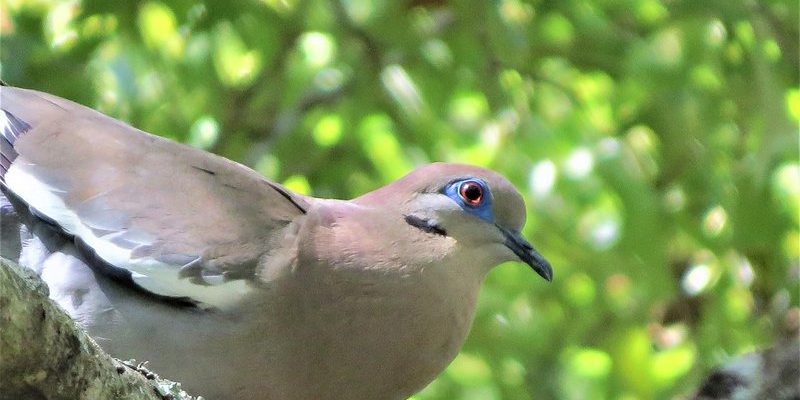
Imagine doves as the chameleons of the bird world. Just like chameleons change their colors to blend in, doves modify their behavior, diet, and even their nesting habits based on where they are. This ability to adjust is what makes them so successful. Whether they’re living in urban jungles or rural landscapes, their adaptability plays a crucial role in their survival.
Let’s dive into the various ways doves have evolved and adapted to their environments.
Behavioral Adaptations
Doves are known for their flexible behaviors, which help them thrive in different settings. For instance, in urban areas, they often change their feeding patterns. Instead of relying solely on natural seeds and berries, they’ve become experts at scavenging. You might see them foraging for crumbs near parks, sidewalks, or even outdoor cafés. This shift in feeding behavior allows them to take advantage of the food resources that people unintentionally provide.
Another fascinating behavior is their social structure. Doves often flock together, especially in urban environments. This social behavior not only provides safety in numbers but also helps them learn where to find food and water. It’s like having a community of friends who share tips on the best spots for a meal. In contrast, in rural areas, they might be more solitary, focusing on finding nesting sites away from human activity.
Nesting Strategies
When it comes to nesting, doves are pretty adaptable too. In the wild, they often build nests in trees or shrubs, using twigs and other natural materials. However, in urban environments, they might find shelter in more unconventional places, like ledges on buildings or even in the corners of balconies. This cleverness increases their chances of raising young away from predators.
The location of their nests can vary depending on their environment. In quieter, rural areas, doves can choose more secluded spots, while in cities, they often opt for higher ground to avoid disturbances. Their ability to adjust their nesting strategies is crucial for ensuring the safety of their offspring.
Dietary Adaptations
Doves have a varied diet that evolves with their surroundings. Typically, they feast on seeds, grains, and fruits. However, in urban areas, they may switch this up by including human food scraps. This shift not only helps them survive, but it also highlights their incredible ability to take advantage of available food sources.
Here’s the thing: Doves are omnivorous. They can adapt by consuming a wider range of food. In rural settings, they might stick to a more natural diet. But in cities, they may supplement their meals with the occasional pizza crust or french fry. This flexibility in diet is what helps them thrive in less-than-ideal conditions. It’s a survival tactic you’ve got to admire.
The Role of Food Availability
The availability of various food sources directly impacts dove populations. In areas where agricultural practices flourish, doves can find plenty of seeds and grains. Conversely, in urban locales, they may rely heavily on parks and gardens for their sustenance. By adjusting their diet based on what’s around them, doves increase their chances of survival.
Urban doves often exhibit a unique behavior of feeding in groups, which helps them locate food faster. More eyes mean more chances of spotting food! This communal approach showcases their adaptability and intelligence when it comes to finding meals.
Physical Adaptations
Doves also possess physical traits that help them adapt to different environments. For example, their sleek bodies and strong wings make them excellent flyers. This is crucial when navigating urban landscapes filled with obstacles like tall buildings and power lines. Their agility allows them to maneuver quickly and efficiently, avoiding danger.
Additionally, doves have keen eyesight, which is essential for spotting predators and food from afar. This sharp vision helps them thrive in both rural and urban settings, where threats can come from various angles. You might not think of a dove as a tough bird, but they definitely have their share of adaptations that help them survive.
Coloration and Camouflage
Interestingly, the coloration of doves can vary based on their habitat. In densely vegetated areas, you might find doves with earthy tones that help them blend in. On the other hand, urban doves often have paler, more muted colors that can camouflage against concrete and asphalt. This ability to adapt visually to their surroundings adds an extra layer of survival strategy.
By having different color patterns, doves can avoid detection by predators more effectively. It’s a subtle yet powerful adaptation that helps ensure their safety, especially in environments where threats are prevalent.
Climate Adaptations
Doves are found in a wide range of climates, from tropical to temperate. Their ability to adapt to climate is crucial for survival. In colder regions, doves have thicker feathers to provide insulation against the chill. This adaptation is similar to how we bundle up in heavy coats during winter.
In hotter climates, they tend to be more active during the cooler parts of the day, like morning or late afternoon. During the heat of the day, you may find them resting under shady trees or seeking shelter. This behavior helps them conserve energy and avoid overheating, showcasing their ability to adjust to climate challenges.
Migration Patterns
While not all doves migrate, many species do adjust their locations based on seasonal changes. For example, some doves travel south in winter to find more temperate conditions. This movement is crucial for accessing food and avoiding harsh weather.
Their ability to migrate also plays a role in maintaining healthy populations. By moving to different areas, doves can avoid overpopulation in one region and find new opportunities for breeding and feeding, ensuring long-term survival.
Urban Living and Challenges
Living in urban areas presents unique challenges for doves. From traffic to pollution, city life isn’t always easy. However, doves have shown incredible resilience. They adapt to quieter, less populated spaces within cities, often seeking refuge in parks or gardens where they can avoid the hustle and bustle.
Another challenge they face is human interaction. Doves have learned to coexist with us, often visiting backyards and gardens. This adaptation allows them to thrive where nature and urban life intersect. It’s fascinating to see how they navigate their environment, often using human structures to their advantage.
Human Impact on Dove Populations
The presence of humans can significantly impact dove populations. For instance, habitat loss due to urban development can threaten nesting sites. Yet, in many cases, doves have adapted by utilizing whatever spaces are available. They’ve become a common sight in city parks, showing that even amid change, they can find a way to thrive.
Additionally, humans provide food sources that doves can exploit. Bird feeders and leftover food create additional opportunities for these birds, making them a regular part of urban wildlife. This relationship between humans and doves highlights the harmony that can exist even in bustling settings.
Doves are remarkable birds that showcase how adaptability can lead to survival. Their ability to adjust their behaviors, diets, nesting strategies, and even physical traits in response to their environment is truly impressive. Whether they’re soaring above a cityscape or resting in a rural field, doves continue to thrive through their incredible resilience.
Understanding how doves adapt to their environment not only deepens our appreciation for these beautiful creatures but also highlights the importance of preserving their habitats. As we move forward in our ever-changing world, let’s celebrate the adaptations that allow doves and other wildlife to thrive alongside us. After all, nature always finds a way.

